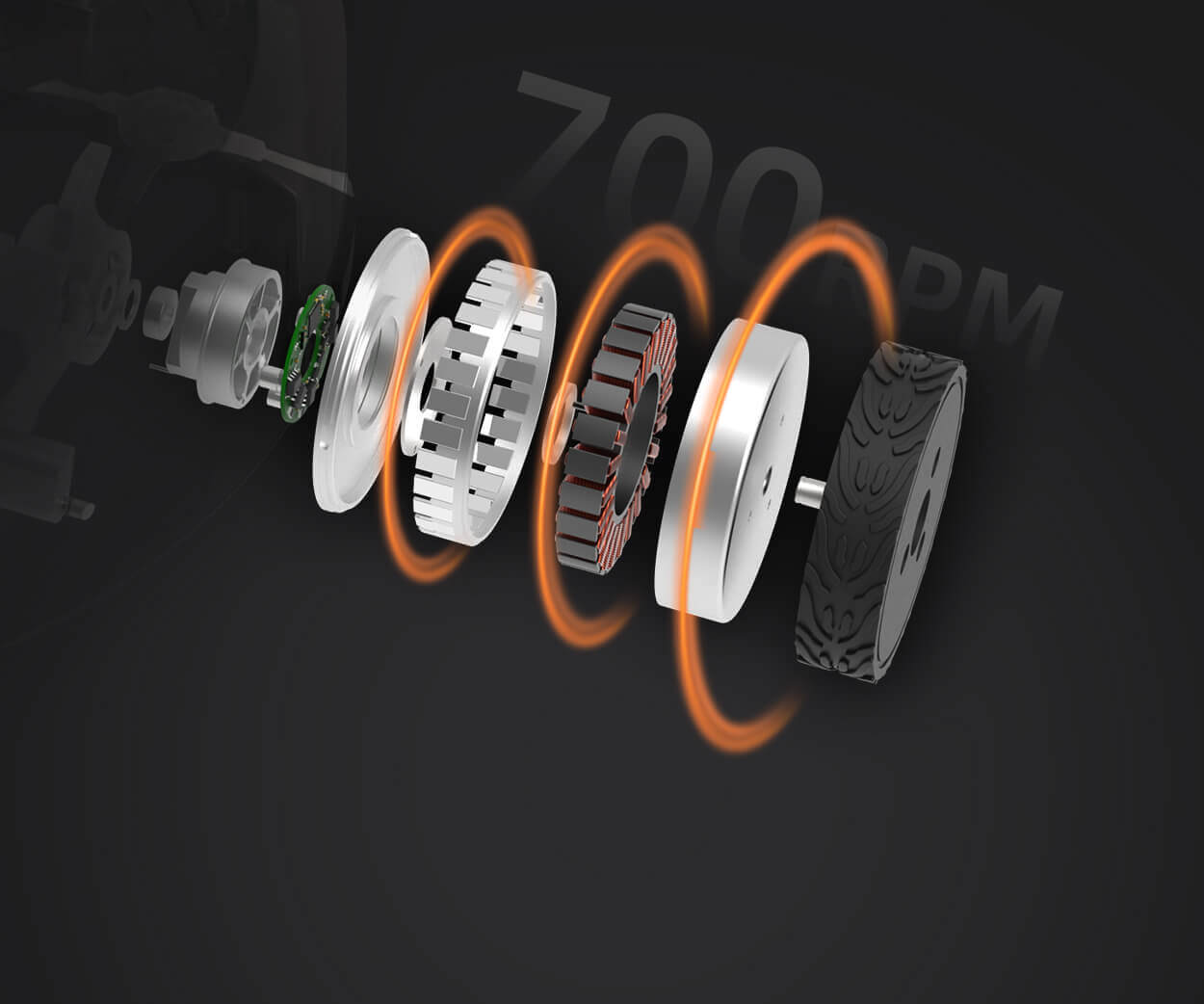Ever stumbled into a system that’s a tangled mess of code and dependencies? Yeah, I’ve been there. That’s where microservice design patterns come in—like a superhero’s toolkit for building scalable, manageable, and resilient apps. But let’s not just talk abstract theory—what’s really going on behind the scenes? How do these patterns actually work in real life?

Picture this: instead of one giant monolithic application, you split things up. Imagine a large online store. Instead of a single block of code handling everything—search, checkout, user profiles—you break it into smaller, self-contained services. One handles only product info, another manages cart and checkout, yet another deals with user accounts. Now, why does that matter? Because each piece can develop, test, and deploy independently. When a hiccup occurs in the checkout service, it doesn’t bring down the whole store—just that part.
You might ask, “Is it all about splitting things up?” Not quite. The magic lies in how those pieces talk. Think of it as a conversation—using well-defined APIs and messaging queues. Patterns like API Gateway and Service Registry come into play, making sure every service finds its friends and talks smoothly. It’s almost like a well-organized social network for your app components.
Let’s get into a common example. Say, a ride-sharing app. You can have separate microservices for user profiles, driver matchmaking, payment processing, and trip tracking. When a user requests a ride, the system calls the matching service, then the payment service, all without clogging the entire platform. If the payment service gets overwhelmed or bugs out, it crashes alone—no crash landing for the entire app.
Thinking about maintenance, it’s like upgrading a single store window instead of the whole shopping mall. No longer do you need to shut everything down for a quick fix or feature update. Plus, scaling becomes a breeze. Want more drivers in the city? Just scale up that one service—no need to blow up your whole infrastructure.
But beware, it’s not just rainbows and unicorns. Managing multiple services requires a solid orchestration and monitoring setup to prevent chaos. Still, the payoff in agility and resilience is huge. Imagine building a system that can evolve quickly without breaking a sweat.
So, why should you care about microservice design patterns? Because they turn a brittle, monolithic mess into a flexible, scalable beast. They give organizations the power to adapt, innovate, and stay competitive. Every line of code becomes a building block you can rearrange, replace, or improve without causing a domino effect.
What makes this even more compelling? Different patterns serve different needs. Circuit Breaker prevents cascading failures. Service Discovery keeps everything linked. Event Sourcing helps track every action for eventual consistency. The key is understanding which pattern fits your particular Chaos.
In the end, it’s not just about technology. It’s about crafting an architecture that breathes, evolves, and outlasts the chaos of real-world application demands. Microservices aren’t just a buzzword—they’re a mindset shift. One that can turn complexity into clarity, and chaos into order.
Established in 2005, Kpower has been dedicated to a professional compact motion unit manufacturer, headquartered in Dongguan, Guangdong Province, China. Leveraging innovations in modular drive technology, Kpower integrates high-performance motors, precision reducers, and multi-protocol control systems to provide efficient and customized smart drive system solutions. Kpower has delivered professional drive system solutions to over 500 enterprise clients globally with products covering various fields such as Smart Home Systems, Automatic Electronics, Robotics, Precision Agriculture, Drones, and Industrial Automation.




































